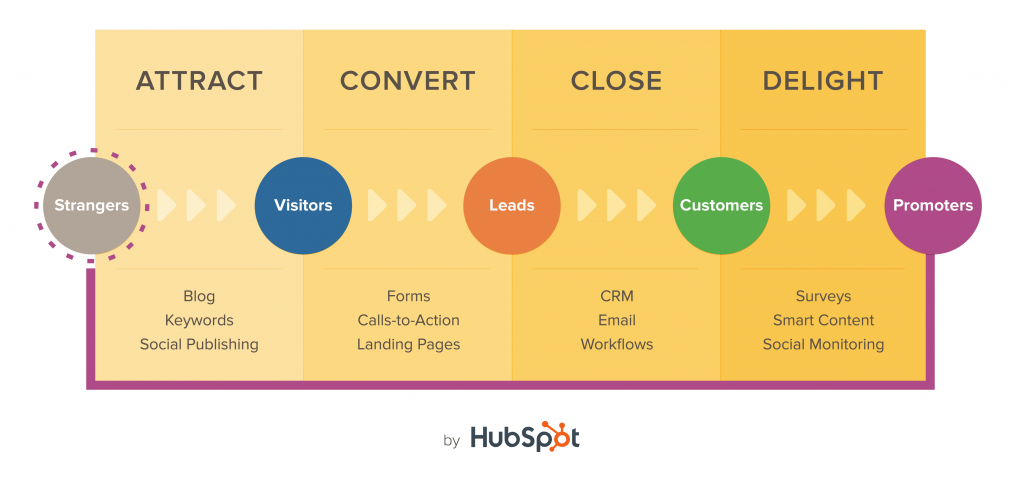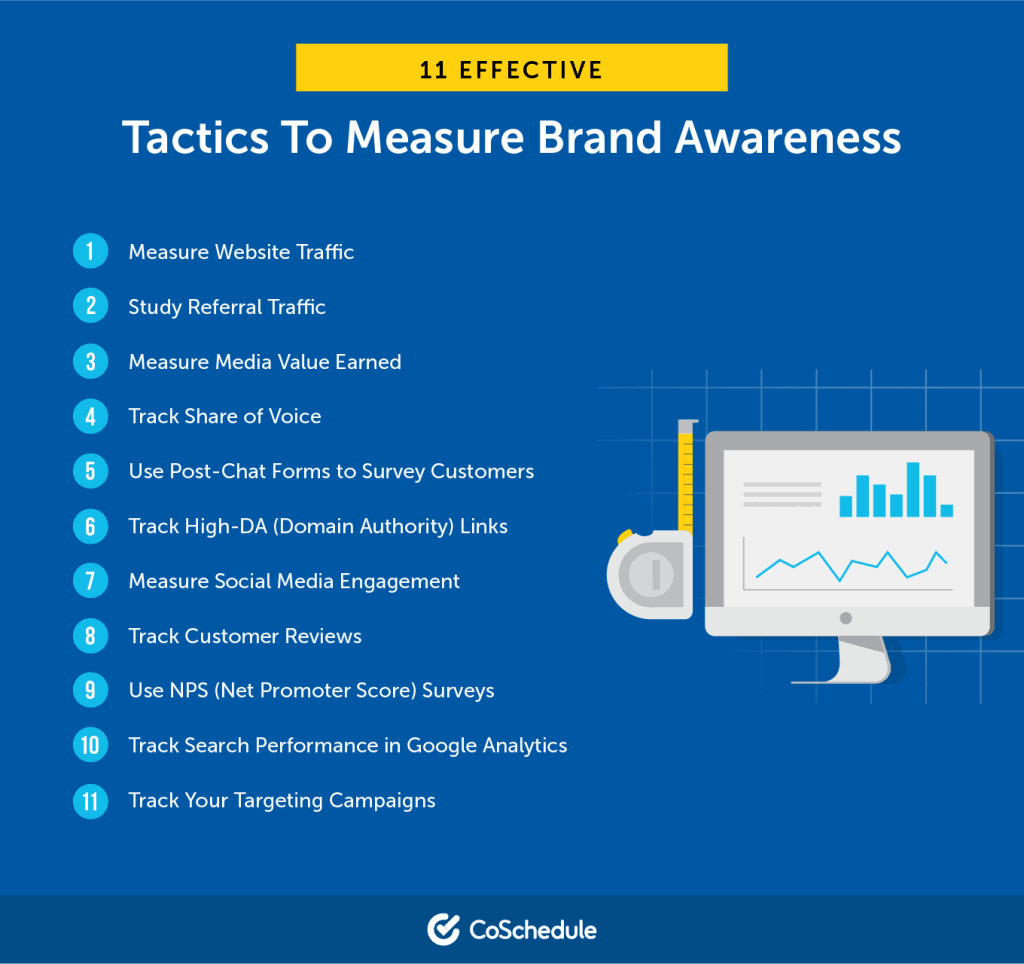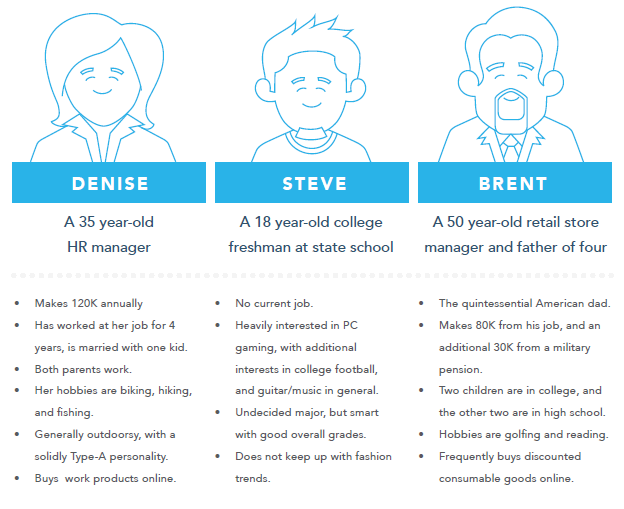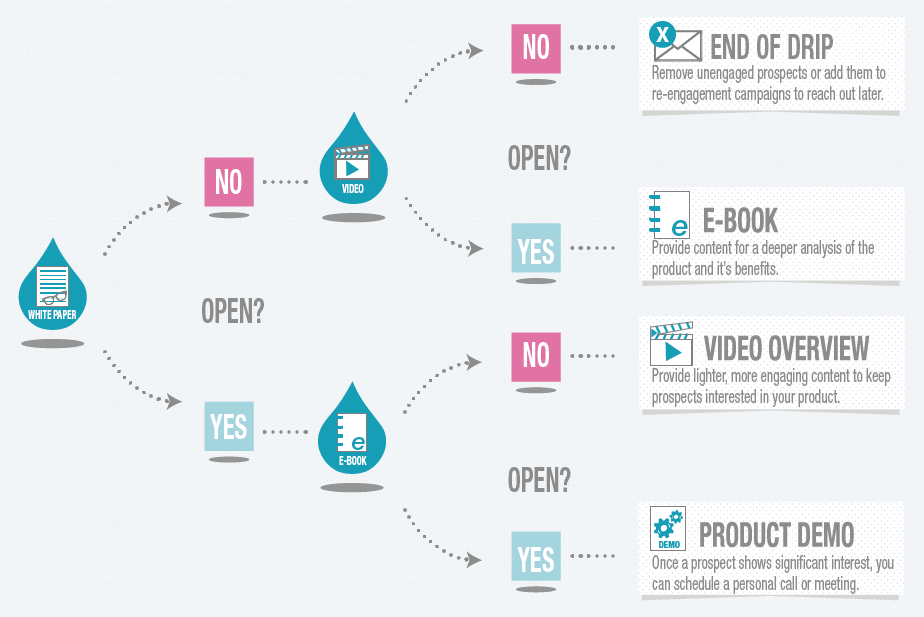The idea for this article came to me a few weeks ago. I was talking to a client about their marketing strategy in the previous year and they were telling me how the conferences they ran didn’t help them convert more people.
So, this made me think about how well aligned our marketing objectives are to the strategies we use and how mindful we are of the entire lead cycle. Sure, in an ideal world, every lead would convert after the first interaction with our business, but in reality, Forbes say that fewer than 10% of leads do that (also, half of marketers would lose their jobs if that happened, so let’s be glad we need to put some work into it).
In each stage of the cycle, the customer has different needs and the marketer has different tools to ensure these are met in a way that satisfies both parts. Building on Hubspot’s lead generation funnel, I’ve briefly noted the tactics and KPIs you can use in each of these stages, to help you optimise your strategy, align your tactics to your objective and close more contracts.

Awareness
The awareness objective refers to how many people know about your business, how recognisable your brand is.
When should you have this objective: all the time, not only when you’ve just launched your brand. Not having a strong enough brand can damage your performance in:
- lead generation (I haven’t heard of you, I don’t trust you with my data so I won’t fill in this form)
- lead nurturing (I’m not sure you’re doing what you say, I’m not going to progress through the funnel)
- lead closing (I choose your competitors because you’re not popular enough) and even
- promoters & return customers (your customers don’t promote you because they don’t know a lot about your brand, have no reason to do so).
So basically all across the lead funnel, which is why awareness and brand reputation are important objectives at all times.
Tactics: develop thought leadership pieces, through content marketing, PR, media outreach, attending and speaking at industry events, paid media (either online or offline), etc.
Firstly, it is ideal to work with your internal team or your brand agency to work out your unique selling proposition (USP), to define what sets you apart from your competition and what is the story your brand says.
Then, identify where your target market is and what channels they are using. As we’ve said in the beginning, it will take multiple touch points to reach them, so plan for multiple interactions. Lastly, develop and promote the assets that will tell your brand story.
Remember, this isn’t a sales tool, so your only goal is to showcase your expertise, not your services, not your products. This is about making people aware that company X exists and they have great insights and know how in industry Y. For your existing customers, you will want to present success stories and new developments you are including in your products and services.
KPIs & tools for tracking: There are multiple KPIs that can help you measure awareness – surveys, direct traffic, referral traffic, social listening, backlinks, press mentions, etc. For example, Analytics will show you the amount of direct and referral traffic (compared to previous periods), paid media channels offer an estimate of reach and interactions, social listening tools show the sentiment of people talking about the brand, if it is positive or negative.
Set a benchmark before you implement any new plan, measure throughout the campaign and at the end, adapt and plan again.

Lead generation
Lead generation refers to the moment a lead gives you their contact details, so you can follow up with them, based on their interests.
When should you have this objective: all the time, but ideally, you’d want to optimise your lead nurturing and closing strategies before putting extra effort into lead generation. However, all these are continuous processes, because unless you have leads to nurture and convert, how will you know if they are optimised?
Tactics: landing pages, digital ads, chatbots, content marketing, events, etc.
As with awareness, you will first have to understand your USP. Then, you should be looking into customer personas, to understand who your target market is and what topics are most relevant for them. Hootsuite have developed a plan (and template) for setting up marketing personas.

Now that you know who your target audience is and what they care about, you know what kind of content to create. The reason I’m talking about content here is because I believe personal data (even if it’s just your work email address) is important to each individual, so I think you should be offering your customers value in exchange for their contact details most of the time.
Sure, they might be super interested in your services and then they’ll fill in a form and expect to talk to a sales person, which is great. This means they are in the close part of the funnel, but bear in mind, not everyone who gets in touch will be at that stage.
For customers that are well informed, your main tools will be landing pages that contain the content most relevant for them + contact collection forms and/or chatbots and digital ads that will direct people to these landing pages.
For everyone else, your goal is to create meaningful interactions that will make your leads say “these people are interesting, I want to hear from them more often”. This can come in the form of white papers, reports, survey results from your industry, gated content, webinars and offline events, to mention a few. The idea is that you put together some valuable content for which you ask the lead to provide their details.
KPIs & tools for tracking: Number of new leads compared to previous period or same period last year. These can be tracked with the help of a CRM or whatever tool you are using to track customer interactions.
Nurturing
Lead nurturing refers to the process of passing leads through the funnel – from a person that is somewhat interested in your services to someone that has more information and ultimately, to someone that is ready to buy.
When should you have this objective: when you want to advance leads through the funnel. Not all leads are ready to convert, so your interest is to keep them warm. This ensure that when they are ready, your company and services are top of mind and, provided you cover their requirements, they are more likely to buy from you.
Tactics: content marketing, email marketing, organic & paid social media, events, etc.
Now is a great time to tell you that even though the tactics may be similar for different marketing objectives, how you use them will differ greatly. Let’s take content marketing. If I’m preparing a piece of content with the goal of lead generation, I will aim to keep it purely informational, keeping any sales-related copy to a bare minimum (i.e. a logo on a page or a link in the footer or a bio at the end of the document/event).
But if I’m preparing a piece of content with the goal of lead nurturing, I will go into more details about how my company’s service is different to other companies and address the need of leads who are actively or passively looking for providers in my industry.
The same goes for events, the agenda of a conference aimed at lead generation will be different to the agenda of an event aimed at lead nurturing, as will the attendees. In the second case, the attendees would be existing leads, rather than new contacts.
The lead nurturing stage also assumes you have some info about your leads (like what they click in your newsletter or what pages they visit on your website or how they engage with your social media content), which helps you tailor your channels and tactics to their exact interests.
Here is an example of lead nurturing campaign after you generate leads with a whitepaper.

KPIs & tools for tracking: last interaction with leads, social listening, analytics. For example, your email marketing software can show you which leads are interacting with what type of content. Website analytics will also reveal what website pages are getting more traction. Based on your CRM specifications, you will also be able to see when was the last interaction with a lead and what channel it was on.
Conversion
The conversion stage refers to the point where the customer is actively looking for a new service or product and will (hopefully) get it from you.
When should you have this objective: all the time. No business survives without conversions, no salary is paid with awareness and leads that don’t spend money with your business. However, understanding what leads are ready to convert makes the difference between average marketing and good one.
Tactics: discounts, limited time offers, digital ads, landing pages, calling campaigns.
As mentioned in the lead generation and nurturing sections of this article, different leads are ready to buy at different times, so while they should have the option available all the time, they shouldn’t be pushed to it before they’re ready. If I’ve just followed your company page on LinkedIn, it might be a stretch to send me a private message to tell me about your latest product and how I can buy it today.
But if I’ve already engaged multiple times with your business, perhaps on multiple channels (and your CRM will know this), a gentle nudge about talking to a sales person or arranging a demo or a special discount I can unlock for a limited amount of time, then the likelihood of me converting increases (and the likelihood of sending you an annoyed message to leave me alone decreases).

Chasing leads is a time consuming process, which is why you want to do it when the time is right, with the tools that help you provide the best customer interaction. Some will be happy to receive a call, while others would rather complete the sales on their own. Some will abandon the cart, so this is the time to retarget them with other ads or with a different landing page, focusing on other benefits than the one they exited from.
KPIs & tools for tracking: Number of closed deals, value of closed deals, percentage of closed deals from total number of deals. If your lead conversion KPIs aren’t favourable, ask yourself what impact you can have on each of the steps leading up to it to improve it, not just on how you can convert better/more.
Luckily (or not, depending on how you look at this), there is no unique formula to improve your lead generation, nurturing and conversion strategies. But having benchmarks, strategies that align to your goals, measurement tools and the determination to adapt and test until you get it right will prove successful! Good luck and if you ever need any advice, feel free to connect, I’m always happy to chat!
About the author:

I am Raluca Apostol, Founder and Account Director at Event Marketing Stars and I have marketed over 60 events in the last 9 years, with attendee numbers ranging from 100 to 13,000, in small and big teams, in B2B and B2C, on 3 continents.
I am passionate about events, lead generation and monetisation. If you want to reach out, you can find me on LinkedIn here.


